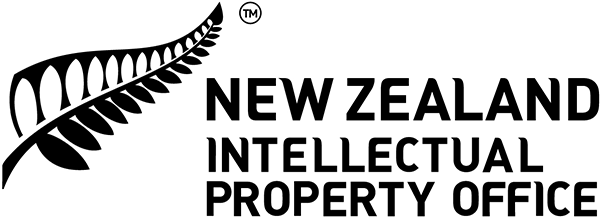BuzzTech
A new found love for beekeeping sent Julian McCurdy on a mission to create new tech to monitor hive health. With the help of IP attorneys, BuzzTech gained a registered design for their sensor, and protected the company brand with a trade mark.
The title of the film says “Dream it. Do it. Own it.”
The opening view is of a red ute turning off, from a country road into a Taranaki farm, and driving across to a set of beehives on the far side of the paddock. BuzzTech founder Julian McCurdy is at the wheel.
He says, “The fascinating thing about bees for me is the more you learn, the more you realise that you don’t actually know. Beekeepers have developed a symbiotic relationship with bees over the last five thousand years. And so, bees actually need humans, as much as humans needs bees.”
We see three people in protective white bee suits completing hive checking tasks on twelve hives in the paddock. Some of the hives are partially dismantled as the hives are checked.
“Hello my name is Julian McCurdy and I am the founder of BuzzTech. So Buzztech is a digital hive management platform.”
For this interview Julian is seated at his computer as he talks to us. We see staff members doing small tasks around the factory and using their mobile phones with the BuzzTech software. They scan barcodes on each hive with their phones. Moving calmly from hive to hive with bees in the air around them, going about their business flying in and out of the hive.
Julian says, “To me Buzztech is a company on a mission to update the commercial beekeeping industry. We’re bringing individual hive management into commercial beekeeping. This is something they (beekeepers) haven’t been able to do before.”
“Information that the beekeepers enter while they are on-site, gets aggregated, and sent to me in a report at the end of the day.”
While Julian talks, we see an open hive - bees calmly entering and departing. A thin BuzzTech sensor frame is shown stacked into the components of the hive.
Julian says, “We registered the company’s name with the companies office, and roughly at the same time registered the trade mark with the intellectual property office as well. It was all on-line, really easy.”
“The idea to register an industrial design came because we had tried doing a patent application.”
We see a close-up of a Buzztech sensor frame, on Julian’s desk. We see his hand turning the pages of research he used in the development of this technology.
Julian says, “The registered design seemed a lot easier (than a patent). What I really love about the design registration, was that it protects this really simple concept that we can use in a lot of different ways. It’s the outer shell of our sensor, so the internals we can change and update however we need to within that design registration. It holds all the power (of enforcement) of a patent as well.”
“The sensor that we’ve developed, it goes inside of a beehive, on top of a brood, where a queen [bee] would be laying the eggs. Using this temperature sensor we can pick up five different temperature points across the top of the brood box. From that we can map how that colony is developing over time.”
There is a close up shot of the sensor frame being removed from a living hive. Then we move back to seeing beekeepers moving around a large group of hives.
“With traditional beekeeping methods, these bees can get neglected.”
“I learnt beekeeping from my dad, who was a bit of an old school beekeeper. Quite alternative, and was just a naturalist when it came to beekeeping.”
We see a complex and detailed wall map of the Taranaki region, showing elevations, roads etc.
“Remote monitoring sounded like the dream. We did a bunch of experiments, him and I, testing his ability to dowse things, how accurate it was, but I could never really prove it worked with any degree of certainty or reliability. But I did come up with a technical solution that did it all the same.”
Julian is seen walking through his factory, there are large stacks of sterilised, bright yellow wooden hive boxes. He shows us a strip of computer circuitry, holding an array of sensors. We see detailed shots of how it sits in a wooden frame, and all the individual circuits.
“I didn’t know anything about the electronic side of things. I used a “meet up” service, and just found the geekiest looking hardware group I could find. One of them happened to really take to this idea of monitoring bees remotely. So, him and I partnered up and over the next few years I went through the (business) accelerator with him and we developed a lot of this technology together.”
We see a close-up shot of Julian and a staff member lifting frames from a hive, loaded with bees at work. He is patient and careful as he works.
“The future of BuzzTech is to widen the scope and have it available to all beekeepers all over the world. The software and the sensors, eventually.”
The closing shot is of Mt Taranaki, beyond the paddock with the hives. The mountain is half shrouded in cloud, with clear blue sky on one side and a heavy rain cloud on the other. We see Julian and a staff-member walking back to the red ute parked in the sun on the paddock.
“I guess a lot of people take it for granted, that bees are actually critical to our survival. Yeah, there’s a huge responsibility on the human race, to look after bees.”
The final titles say “Own your sweet tech idea” and then the New Zealand Intellectual Property Office logo appears, to finish the film.
View more case studies
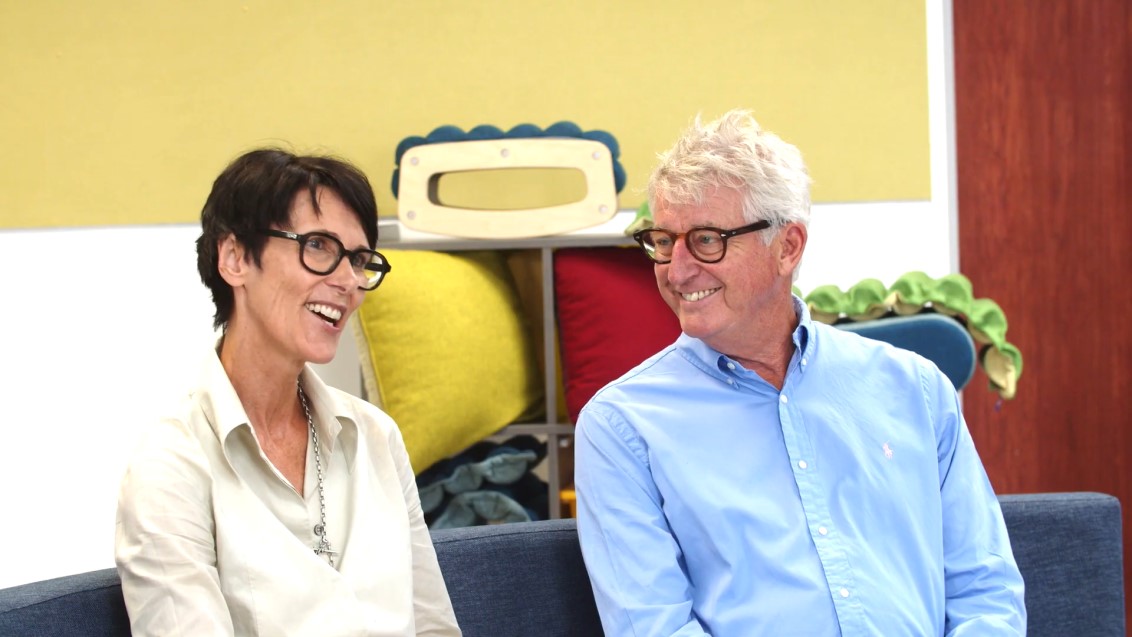
Resero specialise in classroom furniture that helps kids achieve more at school.

Based in the hills of Wellington, Paku honours mātauranga Māori in the creation of tools for children.
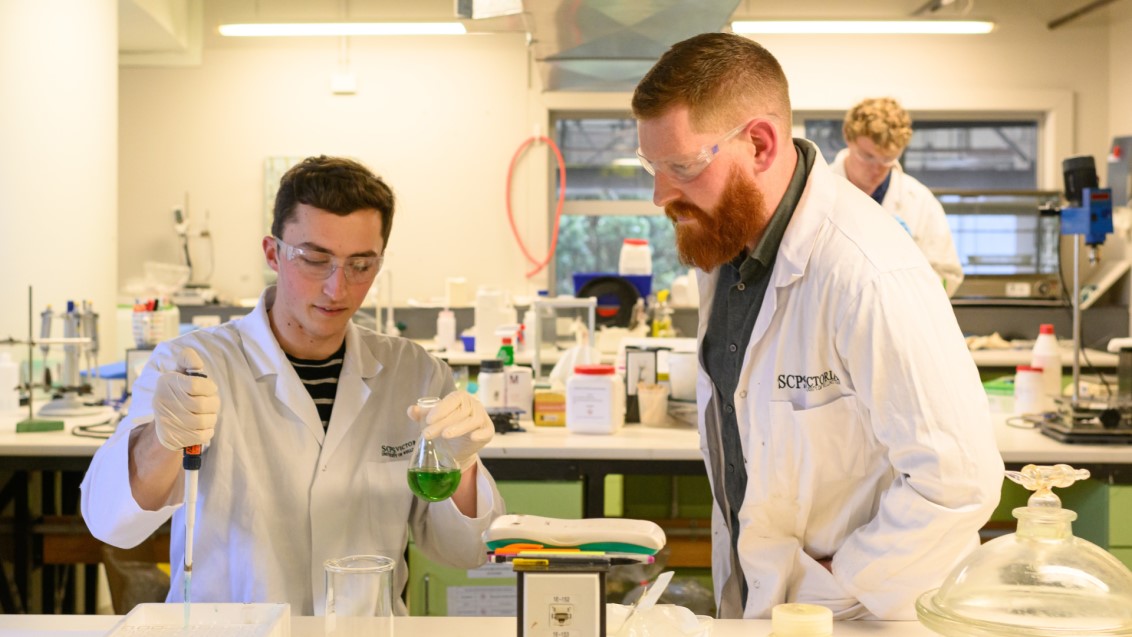
Eldon Tate knew he needed to protect his world leading antimicrobial technology before going to market.
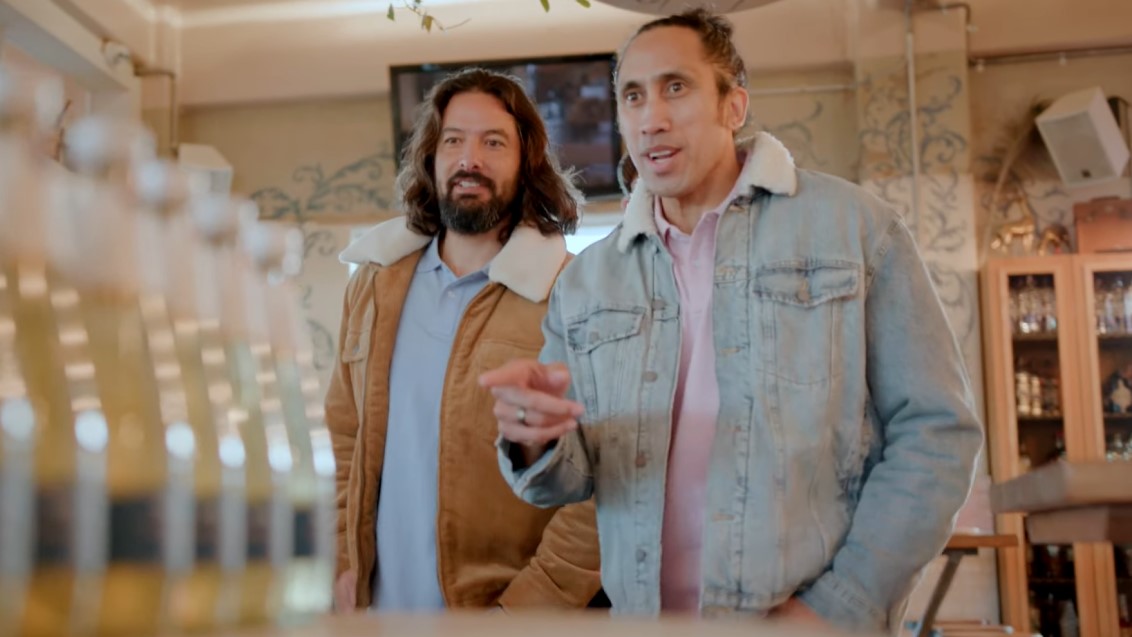
Wai Mānuka. A locally-sourced, premium, non-alcoholic beverage dreamed up by 3 friends at a party.
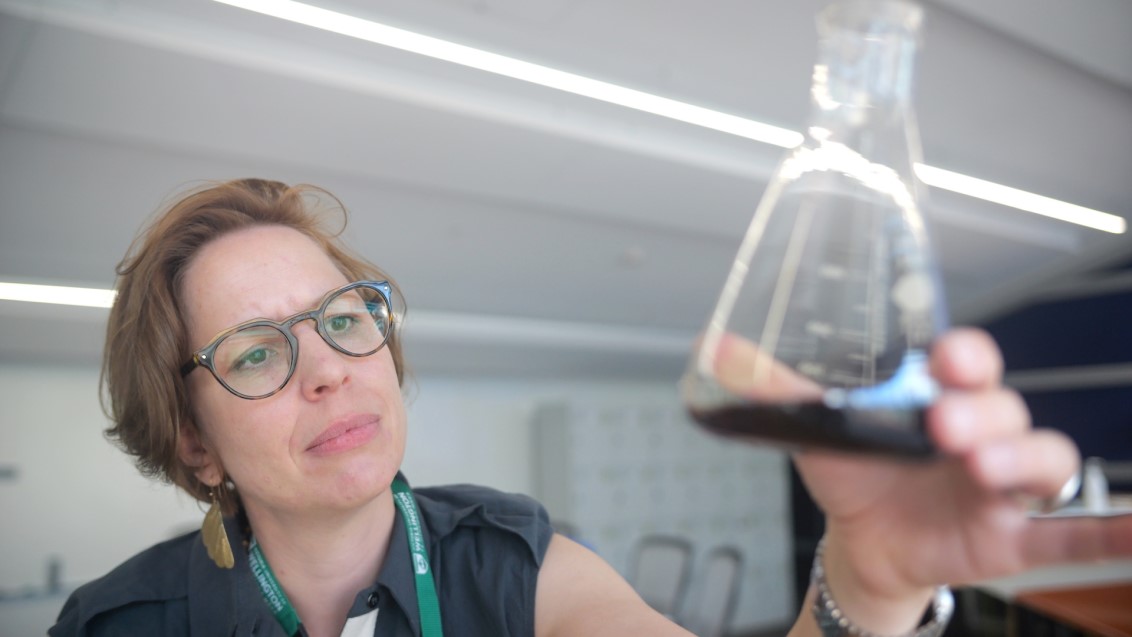
Evithé Biotechnology tackles the inflammation process by applying the ways plants defend themselves.
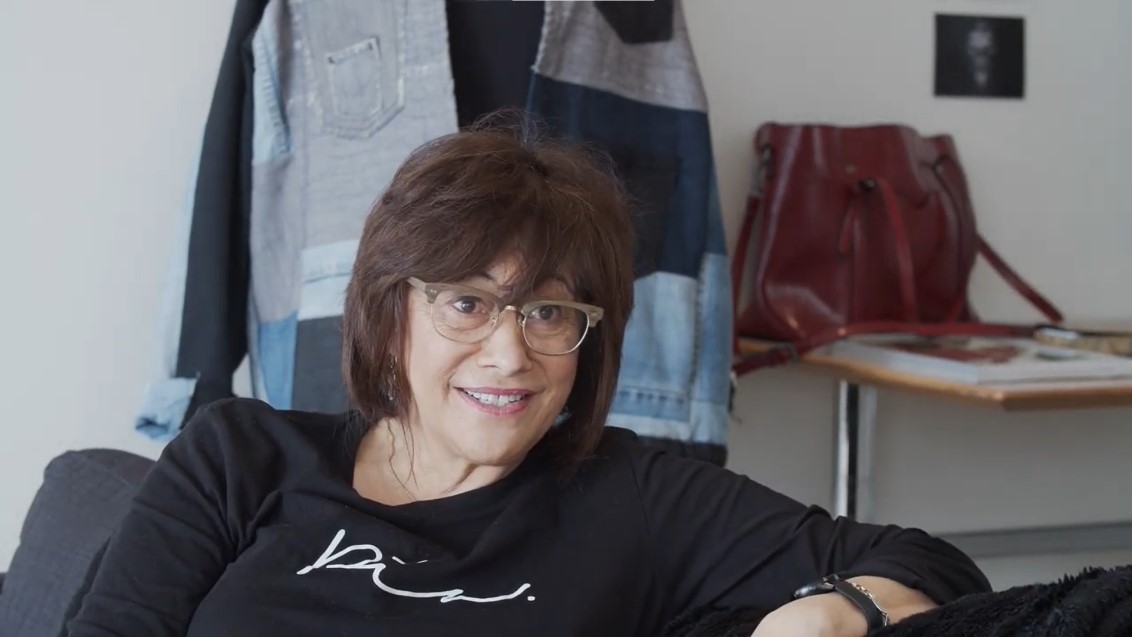
Miromoda nurtures young Māori fashion designers into an edgy annual showcase at NZ Fashion Week. Trade mark protection helped them build their brand.
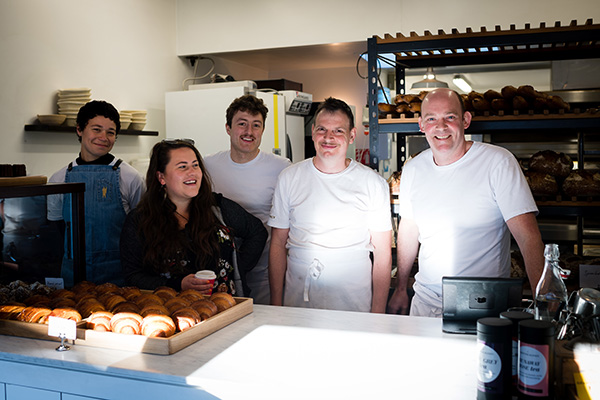
Registering their trade mark early meant Baker Gramercy’s brand was protected as their reputation for authentic, fresh-baked goods took off.
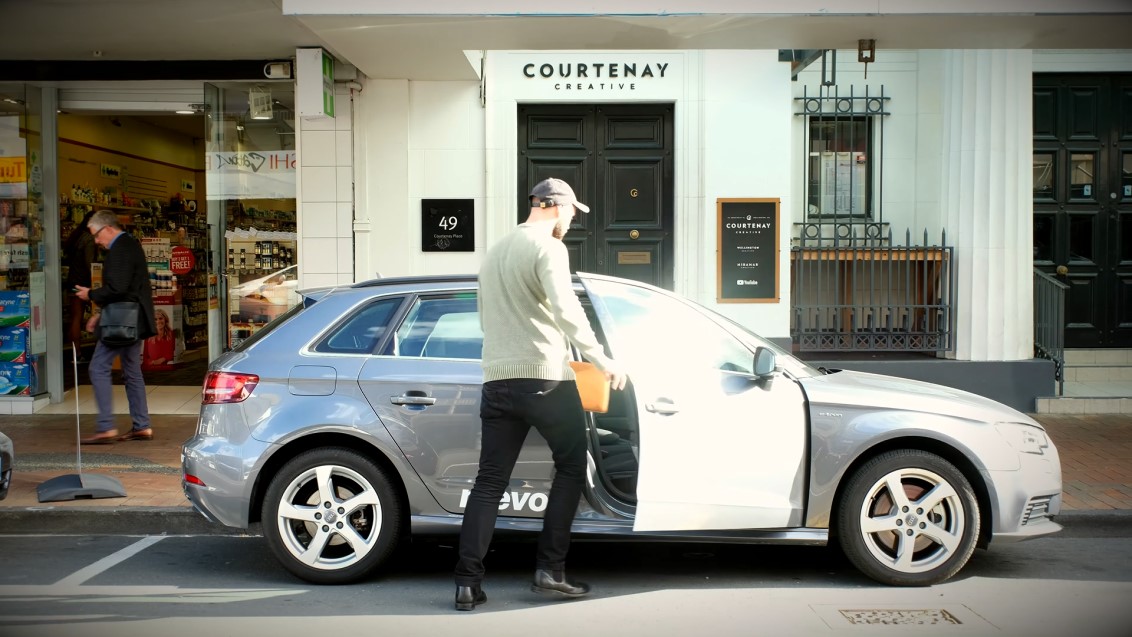
Gaining thir own trade mark, and licensing other brands’ software IP, this unique car rental company got moving faster than ever.
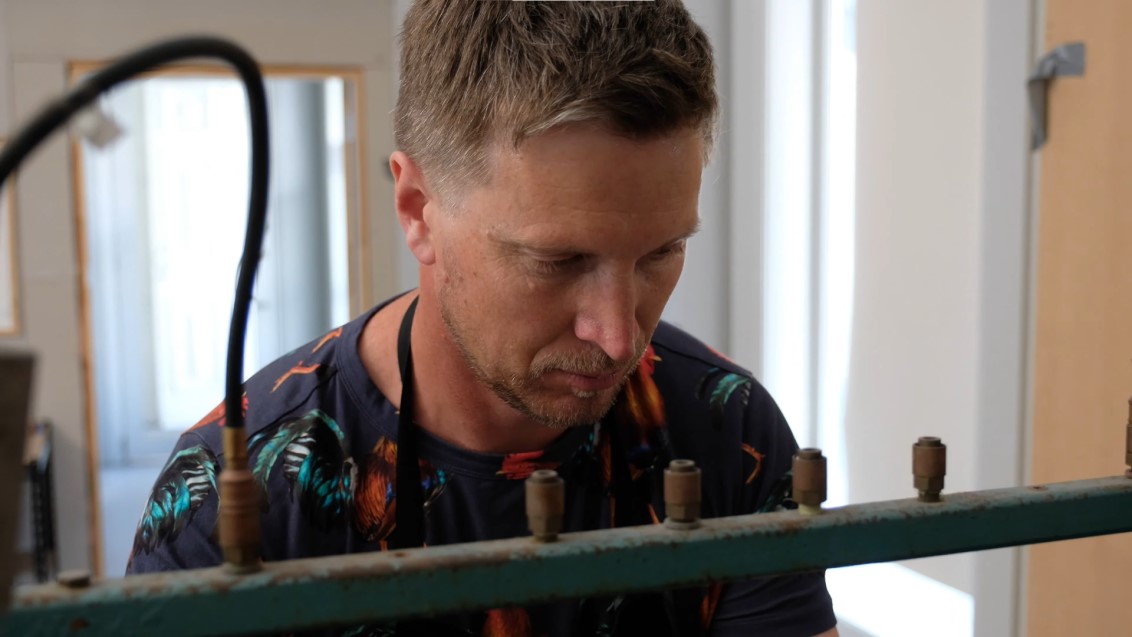
With their distinctive wallpapers and screen printing in high demand, find out how PaperHands protected their reputation with a registered trade mark.
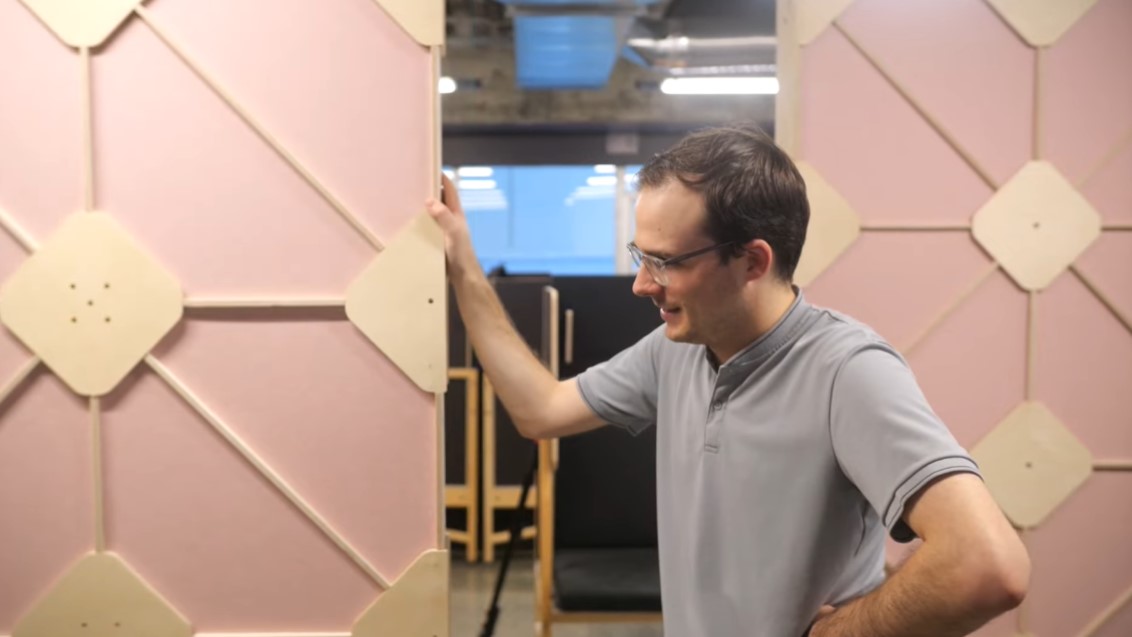
An innovative building frame idea gained XFrame a registered design, and a lesson on the importance of timing for patent protection.
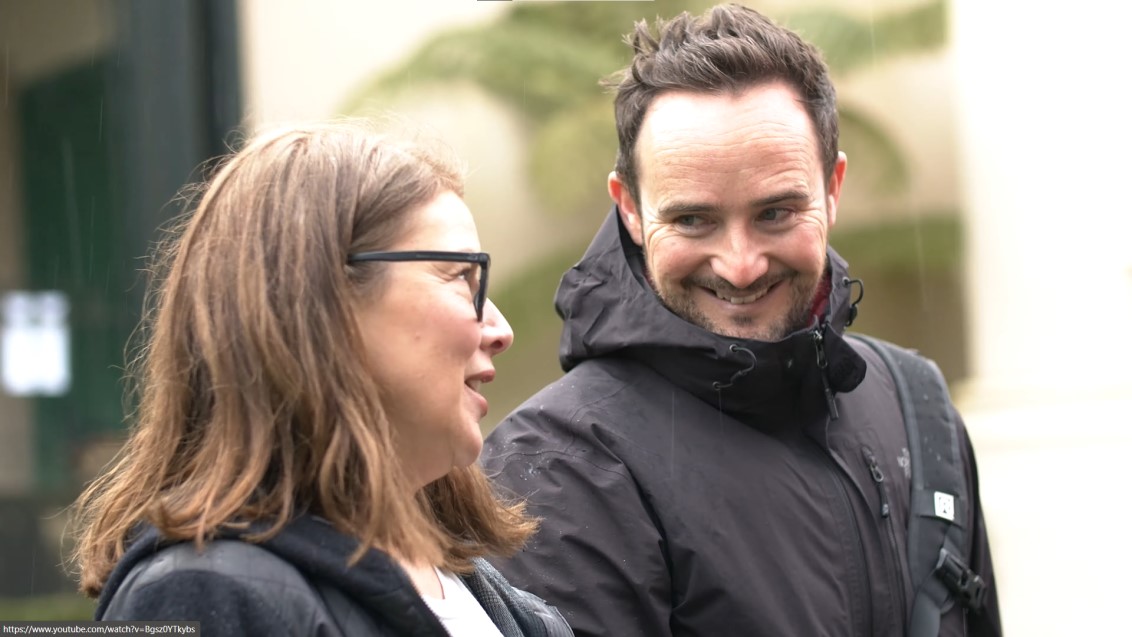
Kind is the new cool. A small Wellington based team make it easy to give one percent of your income to some smaller, cool, Kiwi-based charities.
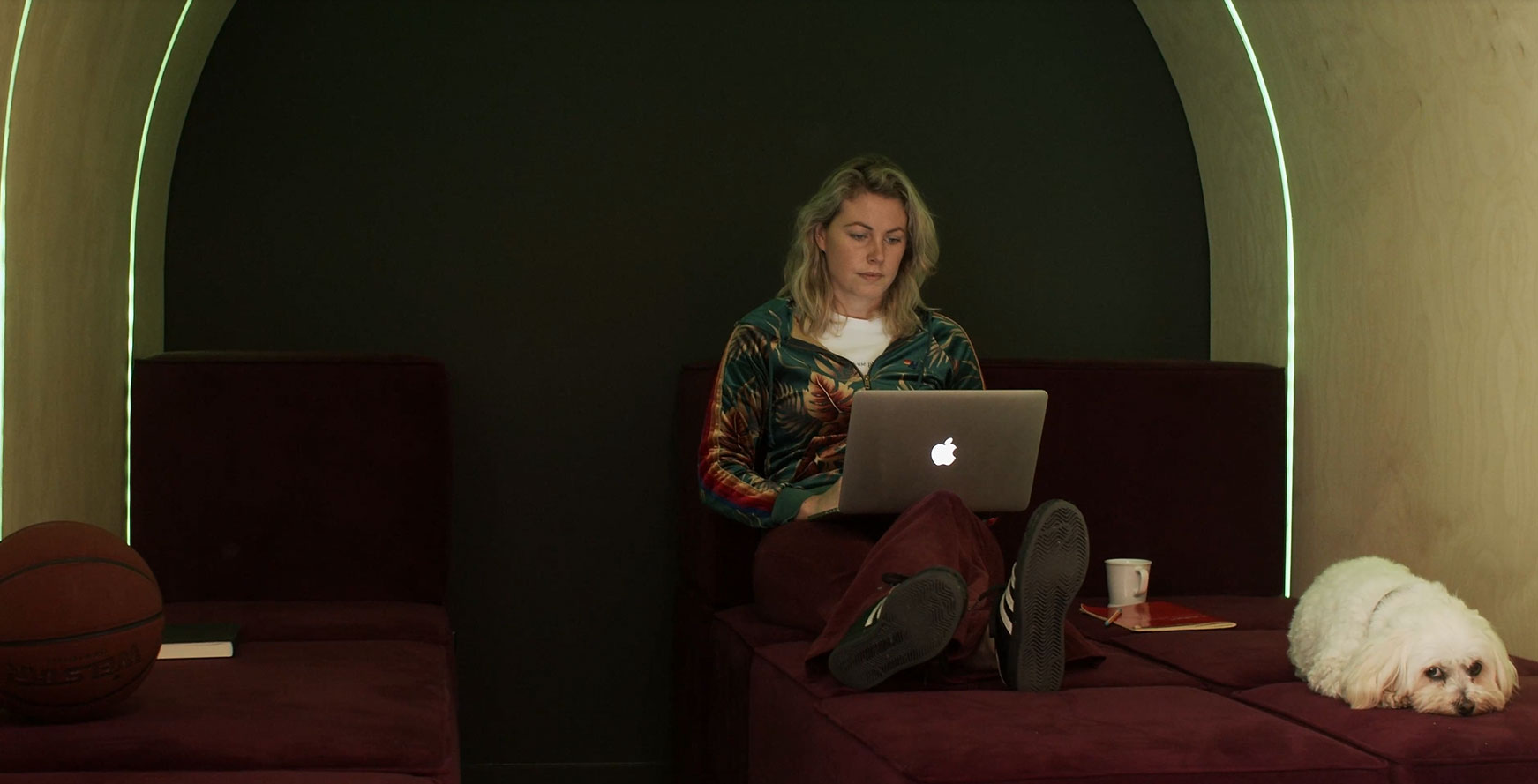
Story telling using immersive virtual reality; creative design agency Wrestler is pushing the limits with the help of IP.
